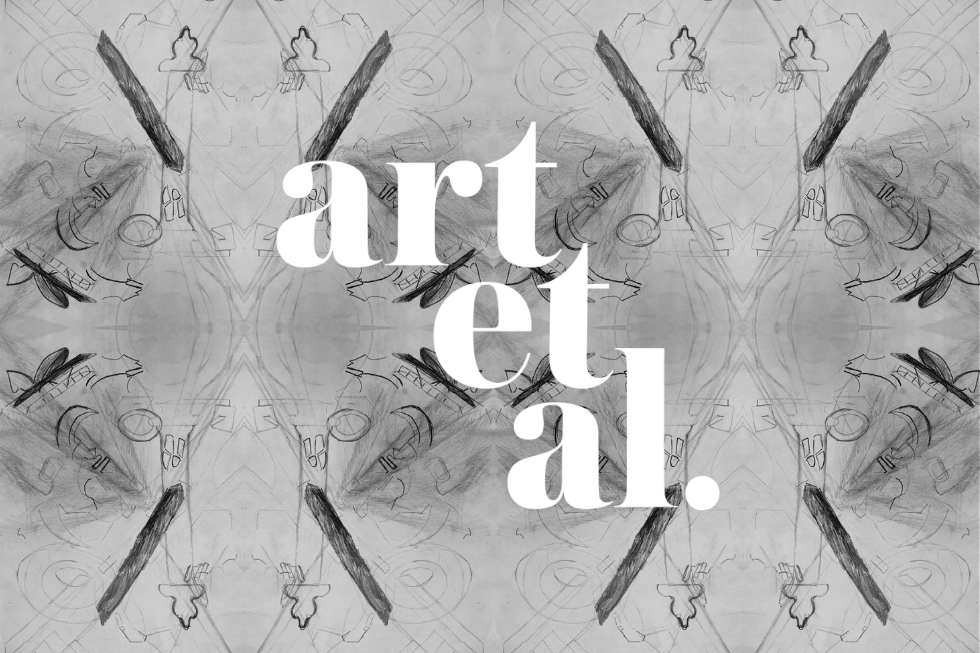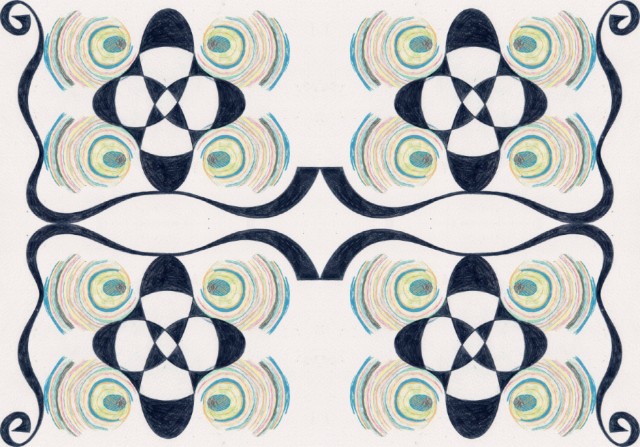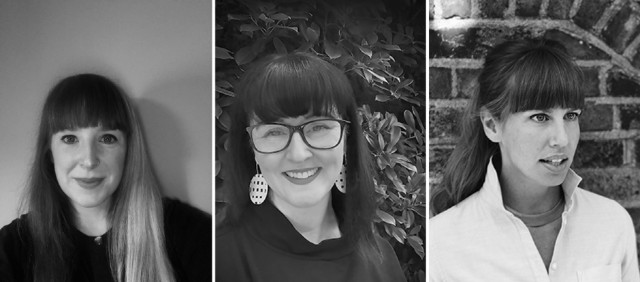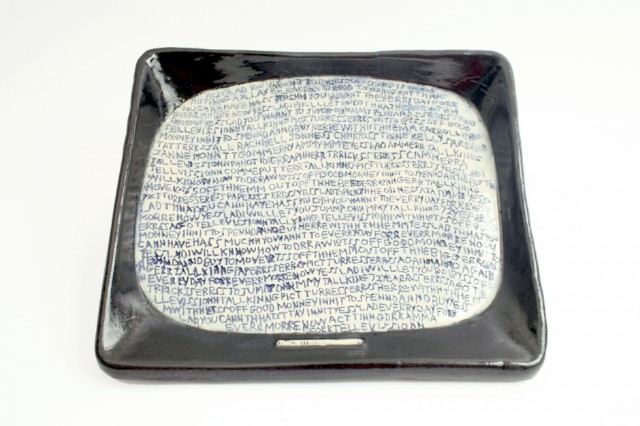“We recognise and respect everyone’s individuality.”
Introducing Art et al.

The question of diversity isn’t new to the art world, but one group in particular is often left out of the equation. Mike Pinnington speaks to Art et al., a platform fighting for more inclusive programming and access in the contemporary arts for neurodivergent, intellectually, and learning disabled artists…
The Double Negative: How – and why – did Art et al. come about?
Art et al: In 2020, founding partners Arts Project Australia, Slominski Projects and Jennifer Lauren Gallery identified a need for more inclusive programming and access in contemporary art for neurodivergent, intellectually and learning-disabled artists to be seen, heard and participate. Our motivation came from our years working within this sector, seeing the slow progress being made and often becoming frustrated with how organisations presented these artists’ works. As a result, we formed Art et al. – an international platform connecting artists from supported studios with international peers, arts professionals, and audiences. Our global collaborations and partnerships will continue to result in commissioned critical writing, exhibitions and original multi-media content presented online through our website and in-person accessible events when allowed.
TDN: Can you expand a bit on what is meant by a ‘supported studio’?
Aea: Sim and Jennifer both have a background of working within supported studios – Jennifer worked as a Creative Producer in the UK, and Sim currently works as Curator and Gallery Manager for Arts Project Australia. Around the world, there are many variations on the supported studio model, each one working with their artists in unique and supportive ways.
A supported studio is a creative environment for individuals with specific health or social needs that encourages and supports the different art practices of artists. This may include neurodivergent artists, artists with acquired brain injuries or artists with mental health issues. Supported studios facilitate professional development and career-building opportunities for artists – individually, as a group or as a collective.
Supported studios provide technical artistic support, promote artists in the marketplace and within galleries, and develop networks and audiences outside of health and social care settings. Supported studios share a commitment to producing and presenting work of high artistic quality. If you visit our website, you will see a page currently highlighting studios in the UK and Australia.

TDN: Can you tell me more about the founding partners: Arts Project Australia, Slominski Projects, and Jennifer Lauren Gallery?
Aea: Sim Luttin works at Arts Project Australia – an internationally renowned social enterprise that supports artists with intellectual disabilities, promoting artists and advocating for their inclusion in contemporary art practice.
Slominski Projects is a leading international curatorial platform and consultancy, with an interest in neurodiversity and self-taught practices in a contemporary art context.
Jennifer Lauren Gallery is a highly respected UK-based gallery that exhibits and shares voices from international self-taught, disabled and neurodivergent artists who create works outside the contemporary art world.

TDN: You have a set of values – relevant, inclusive, respectful, accessible, collaborative, innovative – listed prominently on your website. How were they arrived at?
Aea: For the three of us, these values underpin all our personal work to-date, and will inform Art et al. moving forwards. We created Art et al. to promote inclusion, access and equal pay in the arts for neurodivergent, intellectually and learning disabled artists. Also to elevate the diverse voices and creative practices that we see across our sector.
We built the platform ourselves, with accessibility at the forefront of our minds. On our website you will find: a YouAccess widget allowing you to change things like the font size, colour and link highlights; downloadable Easy Reads; BSL interpretation; audio translations, video captioning and FAQs to assist in explaining any language that may be difficult to understand.
We recognise and respect everyone’s individuality and that people self-identify in different ways. Across our website and social media, we use language that the artists we work with have chosen to use – reflecting different cultural traditions between Australia and the UK. We also have steering groups in both countries, to have key discussions across the year.
Finally, we have seen first-hand the impact of artists from supported studios working in collaboration with other artists or with institutions and galleries, and the importance of this for all involved. We want to build on this, and create further opportunities for meaningful and respectful collaborations, allowing professional development for everyone. Art et al. exists with the hope of sector recognition and change involving the artists and supported studios we are highlighting. The recent announcement of UK based Project Art Works being nominated for the 2021 Turner Prize, is a real shift in thinking that we hope creates more awareness across our sector.
TDN: Art et al. is international in scope – how is that managed?
Aea: Sim Luttin is based in Australia, whilst Lisa and Jennifer are based in the UK. All three of us have connections across our countries, but also more widely with supported studios and galleries worldwide. We take the lead on things that are most relevant, based on our backgrounds and skills. For example, Lisa has worked closely with the Cranford Collection for many years (a significant private collection of contemporary art), so she liaised with them on our first Curating Collections collaboration. Their curator worked closely with Arts Project Australia artist Michael Camakaris, with the outcome ‘Antidote’ being shown on our website.

TDN: What are the key short- and longer-term goals?
Aea: This year we will continue to grow our platform in the UK and Australia, raising more awareness of the platform and the artists featured. Future plans include stepping out into Europe and America later in 2022, with opportunities for further collaborative exhibitions, events and partnerships. It is an exciting time to be developing this platform and looking at how we can use it to not only increase sector knowledge of the artists we are working with, but also to change the sector in terms of what is programmed where and how.
TDN: What’s on the horizon once you can get in and programme in real life exhibitions and events?
Aea: Art et al. has received funding from the Australian Government Department of Foreign Affairs and Trade, giving us the opportunity to programme events for the British Council’s 21/22 Australia/UK Season, starting in September. Through this we will be programming a London exhibition, alongside a shorter pop-up satellite exhibition in Art Project Australia’s new Gallery in Collingwood Yards, Melbourne. It also allows us to programme online and in-person panel talks, new artist interviews and films, and new written content for the website.
Alongside this, we will continue with our online bi-monthly content releases, including: new peer to peer collaborations between an artist from a supported studio and another contemporary artist; and new written pieces on artists, like the one you wrote about Barry Anthony Finan.
As told to Mike Pinnington
Further Reading: Towards Inclusive Curating: Who gets to Curate Exhibitions?
Images, from top: Art et al. logo; Alasdair McLuckie, Landscape 03 (The Snail), 2021, Archival Inkjet Print on Paper, 21 x 30 cm; Founders (from left), Jennifer Gilbert, Sim Luttin, Lisa Slominski; Barry Anthony Finan, JUMMPINNG ONN TELEVISSIONN, 2018, ceramic, 27 x 30 cm. Photography by Martin Livesey





